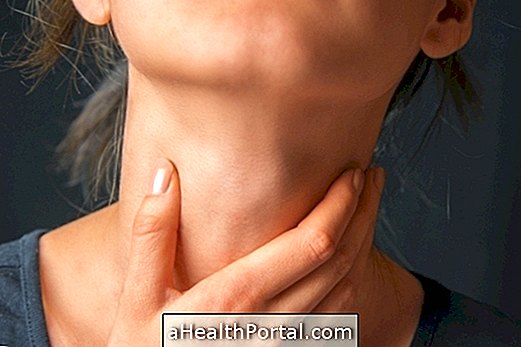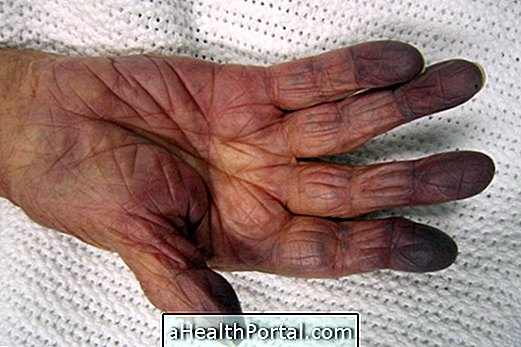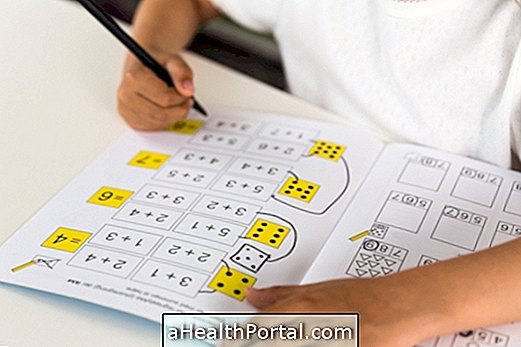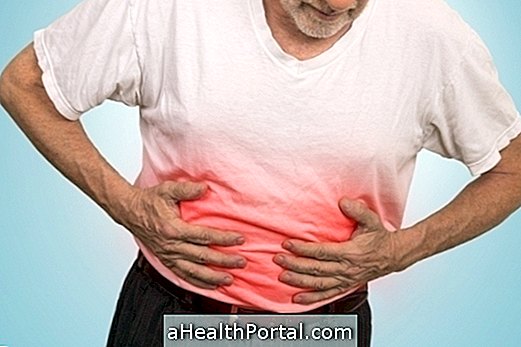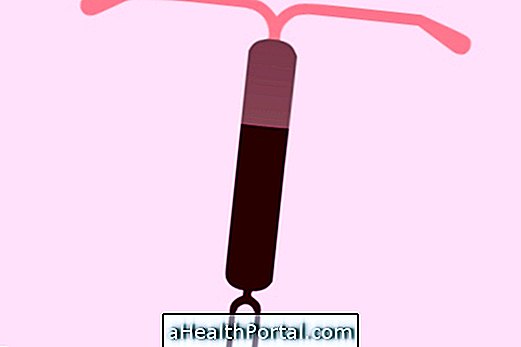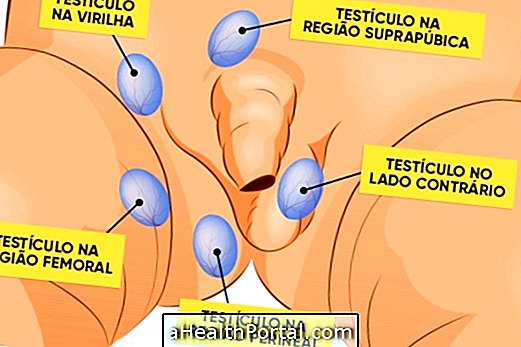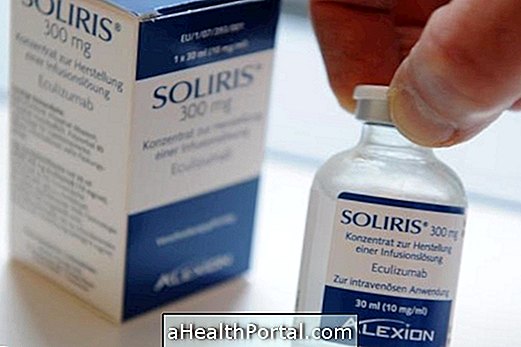Low blood pressure, also called hypotension, occurs when blood pressure drops to 9 or 6 (90 mmHg x 60 mmHg).
People with low blood pressure usually do not have symptoms, so this is usually not a problem, but there are some people who may have symptoms such as headache, dizziness, weakness or feeling faint, for example.
Low blood pressure is dangerous in critically ill patients who are in a state of shock, which can be due to excessive blood loss, heart failure, serious infections such as sepsis, and other causes. In these cases, the patient needs remedies in the vein to increase blood pressure, avoiding cardiorespiratory arrest.
Watch the following video step by step to measure the pressure correctly:
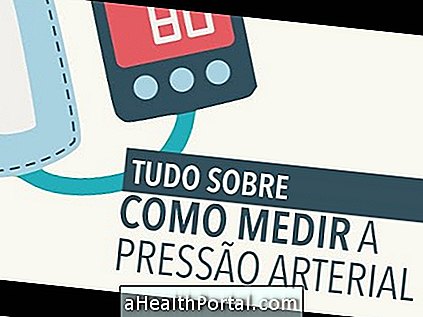
Low pressure symptoms
Symptoms of low blood pressure include:
- Feeling of weakness;
- Dark sight when the individual rises quickly;
- Dizziness and headache;
- Sleep or fainting.
The individual with these symptoms should measure the pressure to know if he is really low and consult the general practitioner or the cardiologist to diagnose the problem and initiate appropriate treatment.
What to do when the pressure is low
The medical guidelines given to patients who usually suffer from pressure drops are that, at the onset of symptoms of dizziness, cold sweat or malaise, the individual:
- Lie on your stomach, placing your legs on top of a chair, so that they stay higher than the rest of the body.
Elevating the legs, makes the blood return more easily to the heart and brain, normalizing the pressure of the patient.
Using salt at low pressure by placing it under the tongue, when the individual exhibits these symptoms is not recommended because the salt does not take effect immediately, it may take hours to increase the pressure.
For people who tend to be under very low pressure and have low blood pressure symptoms, it is recommended to eat every 3 hours and drink plenty of water throughout the day to keep the pressure under control.

Low pregnancy pressure
Low pregnancy pressure is common in early pregnancy, but usually does not bring complications to the baby, and is related to the action of the hormone relaxin on the veins. In addition, the fetus needs a larger amount of blood, and so naturally decreases the amount of blood in the mother's arteries, causing low blood pressure.
If the pregnant woman exhibits symptoms of low blood pressure, she should lie on her stomach, keeping her legs raised to normalize the pressure. However, if there is no improvement in symptoms, it is recommended that the woman consult her obstetrician to investigate the causes of this hypotension and its possible correction.
Read more about low pregnancy pressure in: Know the risks and how to treat low pregnancy pressure.
Possible causes of low blood pressure
The low pressure can be caused by:
- Staying a long time standing (postural hypotension);
- Excessive heat;
- Bleeding;
- Hypoglycemia;
- Cardiac insufficiency;
- Food poor in salt;
- Dehydration.
Other common causes of low blood pressure include the use of laxative, antihypertensive, and weight loss medicines.

